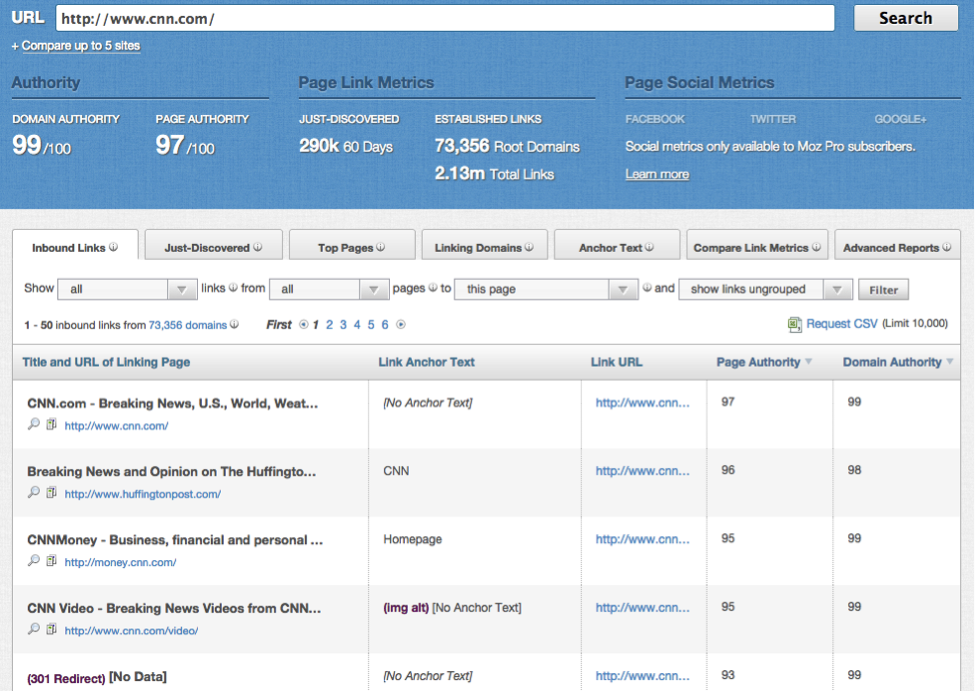It seems like a fairly beginner topic, but there is more to disavowing links than many Webmasters realize. If you disavow too many links or do something incorrectly, your hard work could have been for nothing. It’s important to understand how the process works and how you actually determine links that need to be disavowed.
In other words, link building best practices are constantly changing, and so is the process of getting rid of the links you don’t want pointing back to your site (whether you built them without realizing or another site did the “building” for you). The sooner you can get started removing negative links, the better your future SEO.
Steps for Removing Unwanted Links
Contrary to what many believe, using the Google Disavow Tool should not be your first step or something you turn to every time you see a link you don’t like. There are a few steps you should take before finally disavowing:
-
Conduct a link audit.
You have to know what links out there are pointing to your site in the first place in order to know which ones you need removed. Fortunately, conducting a link audit is actually incredibly easy if you use a link audit tool such as Open Site Explorer or Ahrefs. Below is a screenshot of what it looks like when I type “CNN.com” into Open Site Explorer:
You can also use Google Webmaster Tools to see links pointing to your site. Simply visit your account, select traffic, links to your site, more, and then download latest links. This should give you a pretty comprehensive list of all the links you’ve built or another site has mentioned.
-
Document and analyze all of your links.
Of course not all of the links pointing to your site need to be removed. Link building, hopefully naturally, is a very important ranking factor. You want authoritative websites to be linking back to your website naturally using non-branded keyword anchor text. In some cases you of course built these links yourself thorough a guest post or a mutual connection. Visit this article for more information on link building practices in 2014.
When documenting your links, I highly recommend using an excel spreadsheet. With the tools discussed in point one above, you can generally export the file right into excel. This will give you metrics about the PageRank and authority of each link, which can help you determine which are quality and which are coming from spammy sites or irrelevant to readers. I also highly recommend conducting a link audit each year so that the process of analyzing moves faster, which you can learn more about here.
-
Try to get the links removed on your own.
Always email the Webmasters first before disavowing. Google wants to see that you have made attempts to remove the links on your own (more on this in the next point), so emailing is a great way to do this. Be detailed in your email—the page the link is found, the anchor text its using, where it’s pointing, etc.—and you will be surprised at just how many websites will be willing to remove the link or take out the mention of your site altogether.
-
Use the Disavow Tool.
After all of these steps, you can use the Disavow Links Tool to let Google know that you want a few links removed. Simply login to your Webmaster Tools and go to the tool and select your domain. You will then be able to upload a file that contains all of the links you want removed that you could not remove manually.
So how will Google know if you’re disavowing links you haven’t tried to remove on your own? Below is a warning from Google on their page:
I highly recommend checking out this video (also shown below) from Matt Cutts that talks about how you should properly use the disavow tool so that it helps more than it hurts your SEO. Once you give it a try, let us know how it worked for you in the comment section below.
https://www.youtube.com/watch?v=eFJZXpnsRsc


